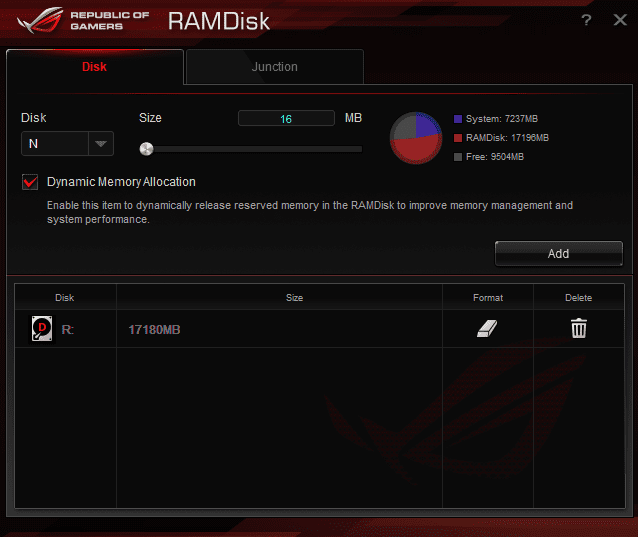

The autoboot framework in modern U-Boot versions works similar to the boot ordering options in a PC BIOS, i.e. Then copy the ISO image file of the first Debian installation CD or DVD onto the stick. For modern U-Boot versions, any of FAT16 / FAT32 / ext2 / ext3 / ext4 usually works. To build a bootable USB stick for installing Debian, unpack the hd-media tarball (see Phần 4.2.1, “Tìm ảnh cài đặt ở đâu”) onto a USB stick formatted with a filesystem supported by the U-Boot version on your device. The debian-installer supports installation from a USB stick on such systems, but unfortunately not all platforms have adopted this new framework yet. This allows building generic boot images that work on any system implementing this framework. U-Boot v2014.10 has introduced a common commandline handling and autoboot framework. Unfortunately the exact steps required to do that can vary quite a bit from device to device. Many modern U-Boot versions have USB support and allow booting from USB mass storage devices such as USB sticks. The dtb should be supplied on the device by the firmware, but in practice a newer one often needs to be loaded.ĥ.1.3. Booting from a USB stick in U-Boot It is specific to each supported system and contains a description of the particular hardware. Newer U-Boot versions can - besides booting uImages/uInitrds - also boot standard Linux kernels and ramdisk images, but the command syntax to do that is slightly different from that for booting uImages.įor systems using a multiplatform kernel, besides kernel and initial ramdisk a so-called device-tree file (or device-tree blob, “ dtb”) is needed. Older U-Boot versions can only boot files in uImage/uInitrd format, so these are often used on older armel systems.


UImage/uInitrd are image formats designed for the U-Boot firmware that is used on many ARM-based systems (mostly 32-bit ones). On ARM-based systems in most cases one of two formats for boot images is used: a) standard Linux zImage-format kernels ( “ vmlinuz”) in conjunction with standard Linux initial ramdisks ( “ initrd.gz”) or b) uImage-format kernels ( “ uImage”) in conjunction with corresponding initial ramdisks ( “ uInitrd”).


 0 kommentar(er)
0 kommentar(er)
